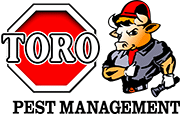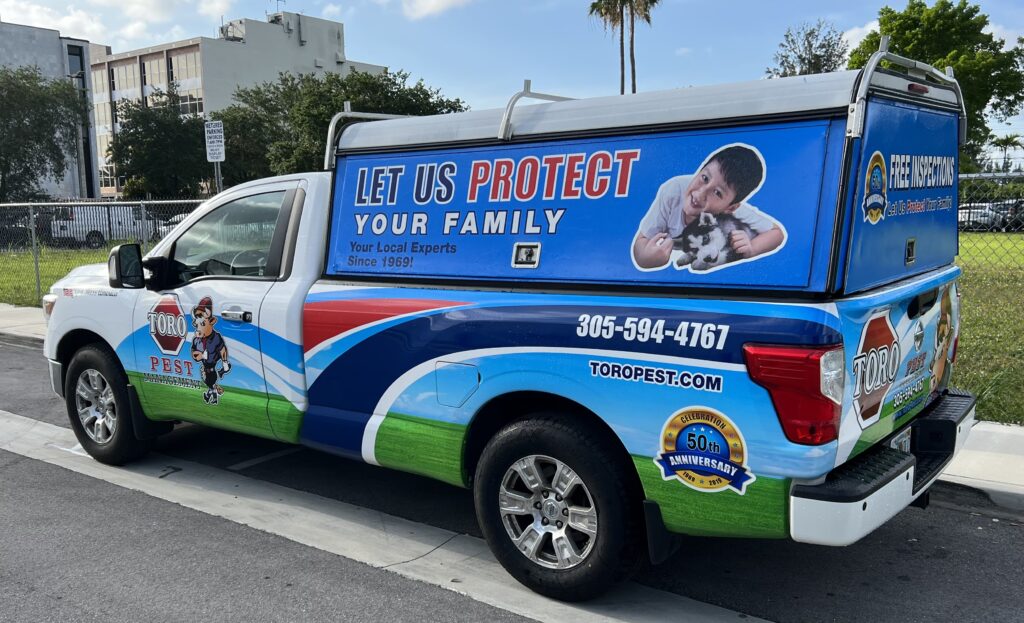When people think about fleas and ticks, they usually picture pets scratching or hiking trails with tall grass. But here in South Florida, these parasites are hiding in places much closer to home—right in your own backyard.
At TORO Pest, we regularly inspect properties where homeowners are shocked to learn their perfectly trimmed, clean-looking yards are harboring thriving flea and tick populations. These pests aren’t just an issue for pets—they pose serious health risks to people as well. And in Florida’s warm, humid climate, they can live and breed outdoors nearly all year long.
Why Your Yard Is at Risk (Even Without Pets)
Ticks and fleas need three main things to survive: shade, moisture, and a host. South Florida yards, with their lush landscaping, regular irrigation, and local wildlife, often provide all three.
Common backyard conditions that support fleas and ticks include:
Overgrown shrubs and tall grass
Leaf piles or mulch beds
Shaded areas under decks or trees
Moist soil around irrigation systems or water features
Frequent visits from squirrels, opossums, raccoons, feral cats, or neighborhood pets
Even if you don’t own a dog or cat, fleas and ticks can be dropped into your yard by animals passing through, or by larvae and eggs already in the soil from a previous infestation.
The Health Risks of Fleas and Ticks in Your Yard
These pests are more than a nuisance—they’re vectors of disease. The longer they go untreated, the greater the risk to your family, pets, and visitors.
Common diseases transmitted by fleas and ticks include:
Lyme disease (via ticks): Causes fever, fatigue, joint pain, and long-term neurological issues if untreated
Rocky Mountain spotted fever (via ticks): Can be fatal if not treated quickly
Bartonellosis (via fleas): May affect pets and humans, with flu-like symptoms
Tapeworms (via fleas): Children and pets can become infected by accidentally swallowing infected fleas
Murine typhus (via fleas): A bacterial disease that causes rashes, fever, and headache
Ticks can latch onto bare skin or clothing while you’re gardening, relaxing, or walking in your yard. Fleas can jump from grass or soil onto your ankles, even if you’re just out watering plants.
Why You Might Not Notice an Infestation at First
Ticks and fleas are small, quiet, and highly resilient. They can survive for weeks or months in shaded areas without feeding, waiting for a host to pass by. Eggs and larvae are often buried in soil or nestled under leaves, invisible to the naked eye.
Early signs of outdoor infestations include:
Fleas jumping onto socks or pants when walking through the yard
Pets scratching excessively after being outside
Small red bites on ankles or legs
Ticks found on clothing or skin after being in the yard
By the time you see these signs, the infestation is often well-established, and simple spot treatments won’t be enough.
Why DIY Yard Treatments Often Fail
Store-bought sprays and granules may kill some pests on contact, but they usually don’t penetrate:
Egg and larval stages deep in the soil
Shaded or damp areas under plants
Harborage zones where wildlife continues to reintroduce parasites
Without professional knowledge and equipment, most DIY treatments are temporary at best. Fleas and ticks have complex life cycles, and missing just one stage can result in a quick rebound of the population.
How TORO Pest Solves the Problem at the Source
At TORO Pest, we provide targeted flea and tick yard treatments designed for the unique conditions of South Florida.
Our approach includes:
✅ Free property inspection to identify harborage and breeding areas
✅ Insect growth regulators to disrupt the pest life cycle
✅ Barrier and broadcast treatments to cover high-risk zones
✅ Wildlife activity monitoring to prevent reinfestation
✅ Ongoing seasonal plans to keep your yard protected year-round
Reclaim Your Yard—Schedule a Free Inspection Today
Don’t wait until bites appear. If you live in South Florida, your yard may already be at risk.
Call TORO Pest today for a free flea and tick inspection, and let us make your outdoor space safe, comfortable, and pest-free—for people and pets alike.



